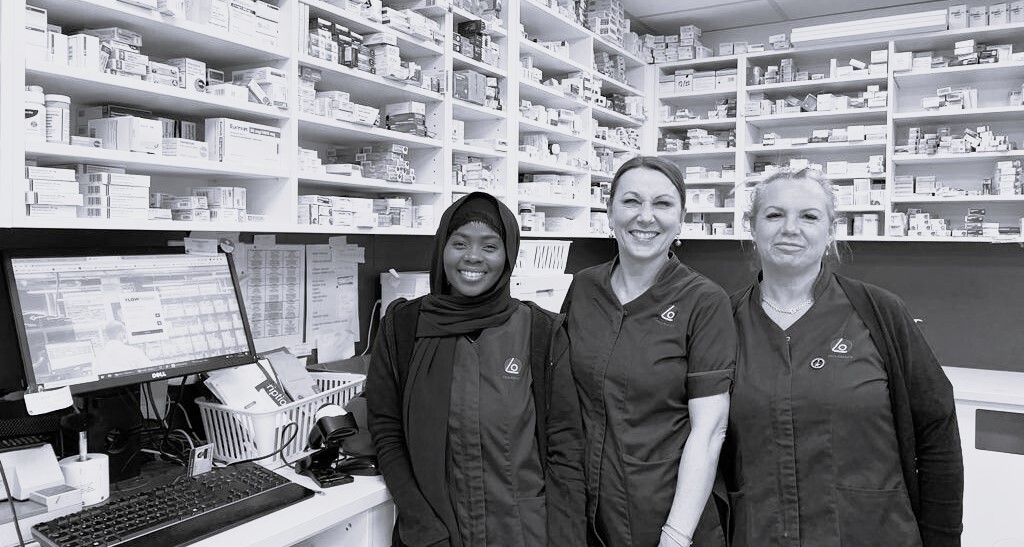It’s finally been confirmed that Model One of Hub and Spoke for community pharmacy will go ahead later this year. After years of delay, Sales and Marketing Director, Louise Laban looks at what this means for the sector and what we can expect to happen next.
At the end of last year, members of the Centred Solutions team and other like-minded organisations spent time with MPs to raise awareness of the urgent need to move ahead with Model One of hub and spoke legislation. This model allows for dispensing across different legal entities with medicines returned from the hub ready to be dispensed in store to the patient. Currently hub and spoke dispensing is only available for pharmacies in the same legal entity. Model One will level the playing field for smaller and independent pharmacies, allowing them to use a hub and spoke model of their choice now to create capacity for clinical services.
Pharmacy Hub and Spoke Will Come into Force Later this Year
It seems these efforts may have paid off after Pharmacy Minister, Stephen Kinnock, announced last week, in a House of Commons debate on community pharmacy, that the Government has decided to move ahead with Model One of hub and spoke legislation. When Sarah Hall, MP for Warrington South, asked about the progress made on implementing hub and spoke for community pharmacy, he replied that the Government intended to lay draft secondary legislation in the “coming weeks” which would come into force “later this year”.
While it is not an exact timeline, it does at least confirm that the legislation changes required to make hub and spoke accessible to all pharmacies is imminent and it shows a clear direction of travel. The previous Conservative Government consulted on two models of hub and spoke, Model One and a second model which would have allowed medication to have been sent from the hub directly to patients, bypassing the spoke pharmacy. The second model proved more controversial with many perceiving it as the reason for the delay in new hub and spoke legislation which had originally been to be implemented in January this year. After months of uncertainty, the Government’s position is now clear with Mr Kinnock confirming last week that “responses were overwhelmingly positive in support of Model One of hub and spoke, which we will be going with.”
Next Steps for Hub and Spoke
Next steps will involve a Statutory Instrument being laid before Parliament, a form of legislation which allows an Act of Parliament to be altered without the need for Parliament to pass a new act. In this instance amendments will be made to the Medicines Act 1968 and Human Medicines Regulations 2012. Statutory Instruments are almost never debated on the floor of the House of Commons and the last time one was voted down was 45 years ago. They can be laid by either the negative or affirmative resolution procedure. If laid as a negative instrument then it is presented to Parliament and if no member votes to annul within 40 days then it becomes law. If a laid as an affirmative instrument, as expected, then a Committee in the House of Lords and Commons must debate and approve it before it becomes law in a process that takes around seven weeks.
Hub and Spoke Changes Can’t Come Soon Enough
For many working in community pharmacy, these changes can’t come soon enough. We are aware of a number of community pharmacies who are looking for ways to transform their businesses. This includes groups like Ascent Wellfield who successfully purchased a vast quantity of ex-Lloyds Pharmacy branches when they were sold in 2023. They now find themselves in the position of being a large pharmacy group with branches that have a range of different legal entities. They strongly believe they would benefit from a hub and spoke model of dispensing but they are currently unable to take that route due to the delays in new legislation.
The Need for Pharmacy Reform
Hub and Spoke is more important than ever following this week’s funding announcement which, on its own, may not be enough to sustain community pharmacy. It is clear that what is really needed is a combination of funding and reform. Mr Kinnock also made this clear when outlining the new funding package for community pharmacy, stating: “Reforms that improve productivity, drive up efficiency, harness the power of technology, can actually support and help the sector just as much as funding can.”
These reforms include ways of streamlining the dispensing service while maintaining, and even increasing, item volumes. This includes making hub and spoke an option for all pharmacies so they have more capacity to deliver services, while maintaining, and even increasing, item volumes. Our own evidence shows that implementing a hub and spoke model of dispensing can save an average pharmacy at least four hours per day. This is time that can then be redirected into delivering revenue-making services.
Learn more about the hub and spoke solutions provided by Centred Solutions before the new legislation is introduced later this year.




